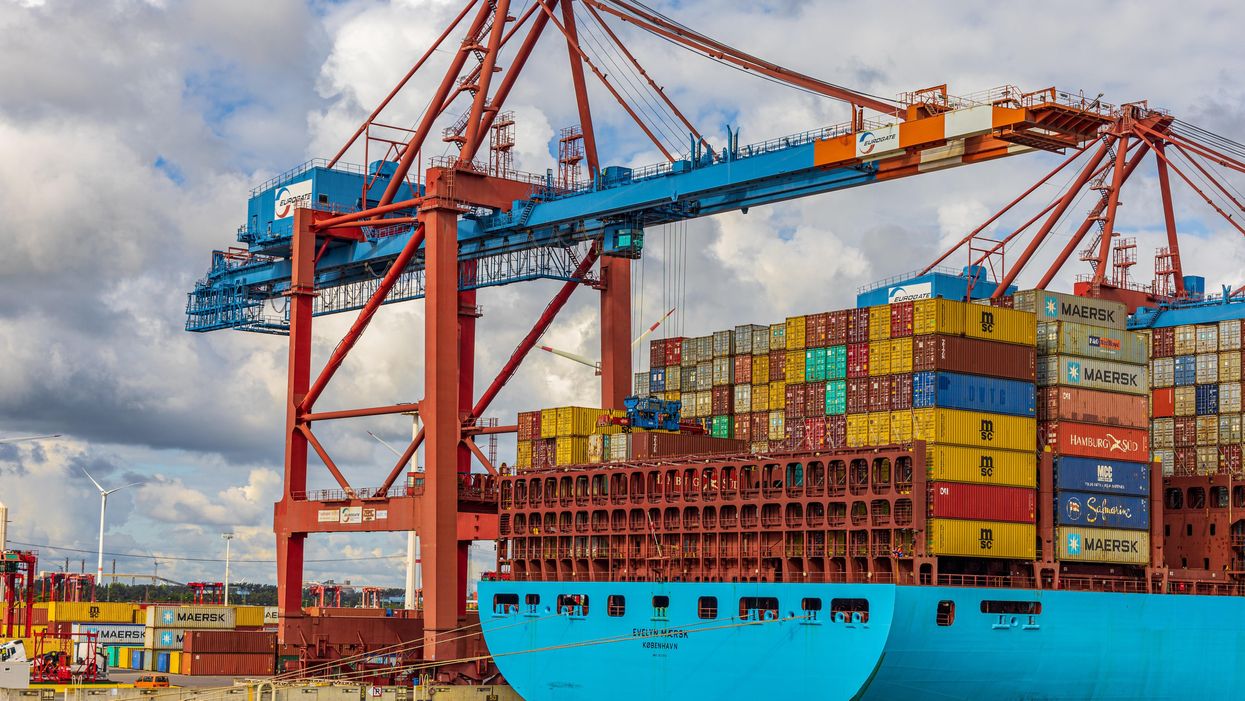Even as retailers grapple with a glut of inventory heading into the holiday season, imports are falling at the nation’s ports.
The news: Key US ports are expected to end 2022 with imports at their lowest levels in nearly two years, according to the latest Global Port Tracker report released by the National Retail Federation and Hackett Associates.
The data: In August, US ports covered by Global Port Tracker handled 2.26 million Twenty-Foot Equivalent Units (TEUs). That was up 3.5% over July, but down 0.4% from August 2021. The volume of incoming goods are expected to drop off from there. Final numbers are not yet in for September, but the report projects it will be down 3% year over year.
- October is forecast at 2 million TEU, down 9.4% year over year
- November is expected to see 2.01 million TEU, down 4.9% from a year ago.
- December is projected at 1.96 million TEU, down 6.1% annually.
The forecast for the remainder of the year would bring the second half to 12.5 million TEU, which would be down 4% year over year.
Key quote: “The growth in U.S. import volume has run out of steam, especially for cargo from Asia,” Hackett Associates Founder Ben Hackett said, in a statement. “Recent cuts in carriers’ shipping capacity reflect falling demand for merchandise from well-stocked retailers even as consumers continue to spend. Meanwhile, the closure of factories during China’s October Golden Week holiday along with the Chinese government’s continuing ‘Zero Covid’ policy have impacted production, reducing demand for shipping capacity from that side of the Pacific as well.”
Challenges aren’t over in the supply chain. Still, retailers have merchandise onhand as they enter the peak holiday season, said NRF Vice President for Supply Chain and Customs Policy Jonathan Gold After the bottlenecks of 2021 and a glut of inventory filtering through this year as lead times continue to fluctuate, preparation was a trend for this year’s peak season.
“Many retailers brought in merchandise early this year to beat rising inflation and ongoing supply chain disruption issues,” Gold said. “Despite the lower volumes, retailers are still experiencing challenges along the supply chain, including U.S. ports and intermodal rail yards.”
Looking ahead to 2023, the Global Port Tracker projects that imports will bounce back briefly in January 2023, with a forecast of 2.06 million TEU set to arrive, But that would be down 4.9% from January 2022. Then, February is forecast at 1.8 million TEU, which would be down 15% annually from 2022 amid a typical slowdown as a result of factory closers for the Lunar New Year in Asia. It is likely that February 2022 will be an anomaly due to supply chain backups shaking out earlier this year, according to the Global Port Tracker.










